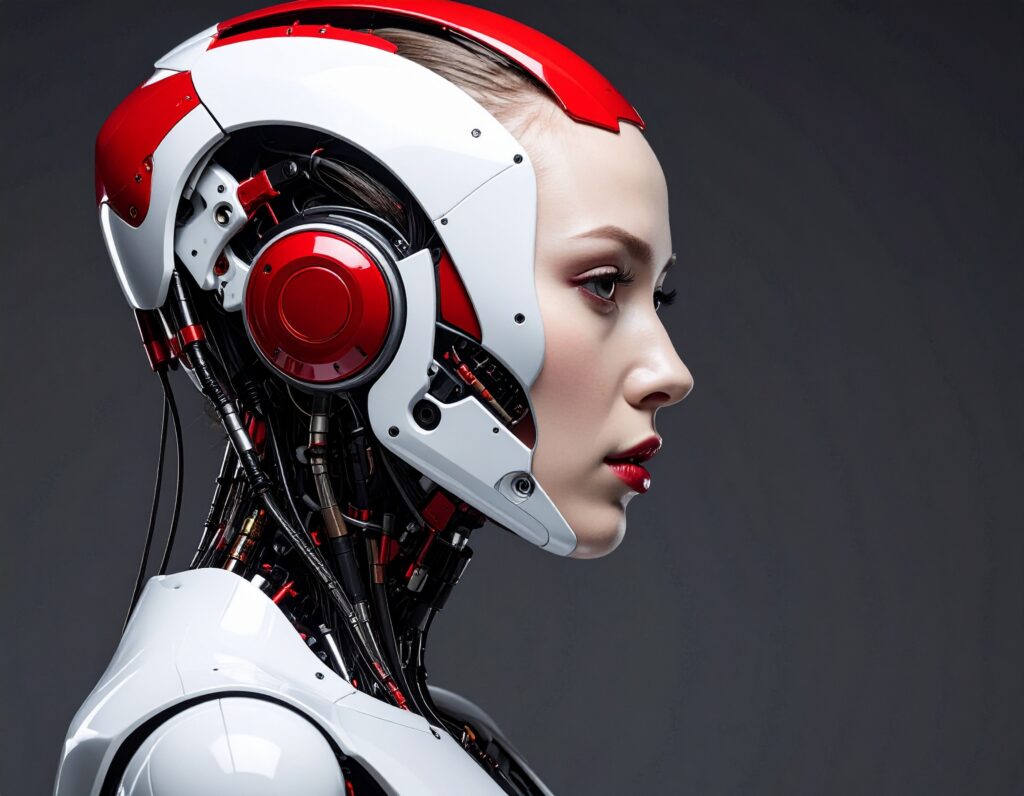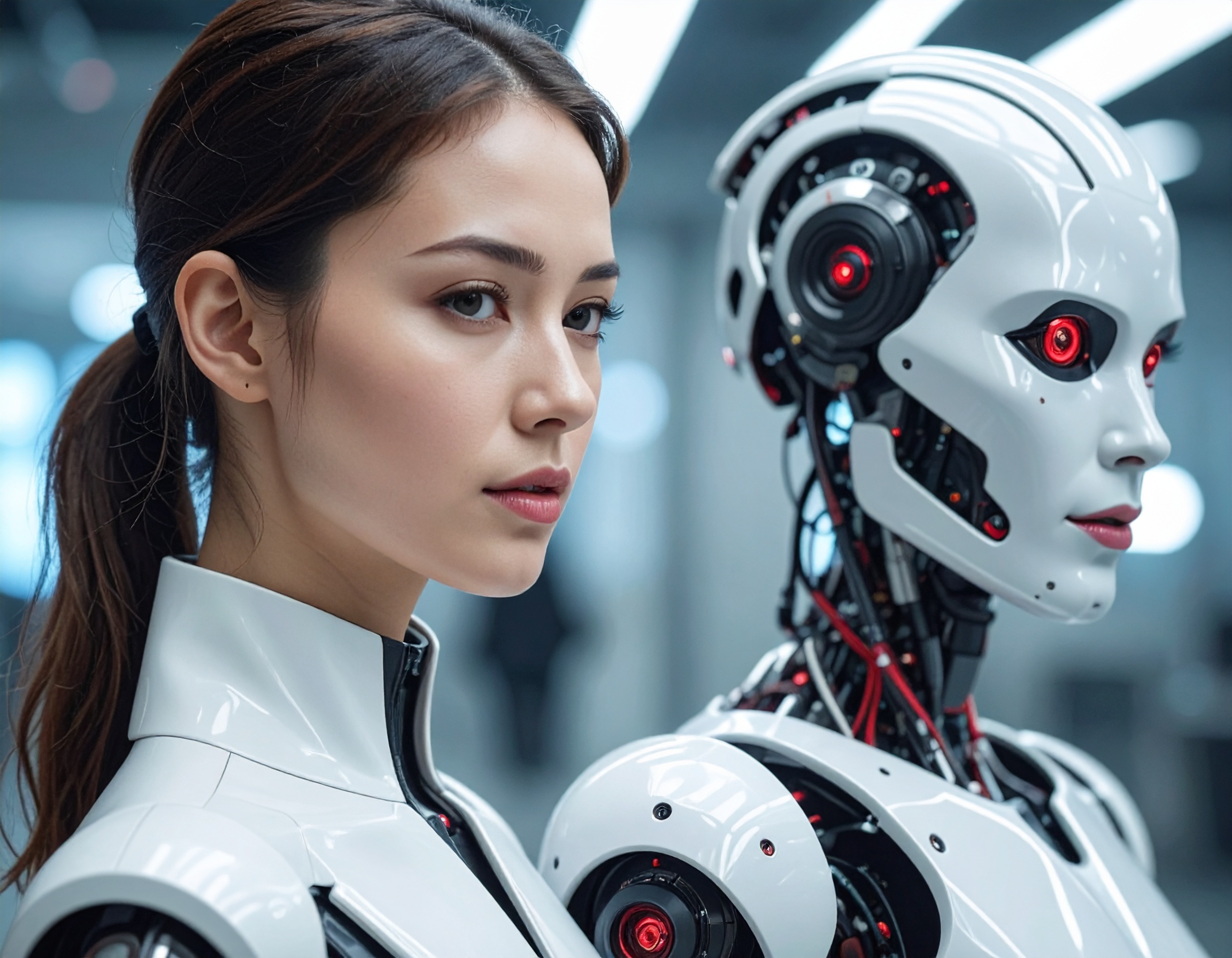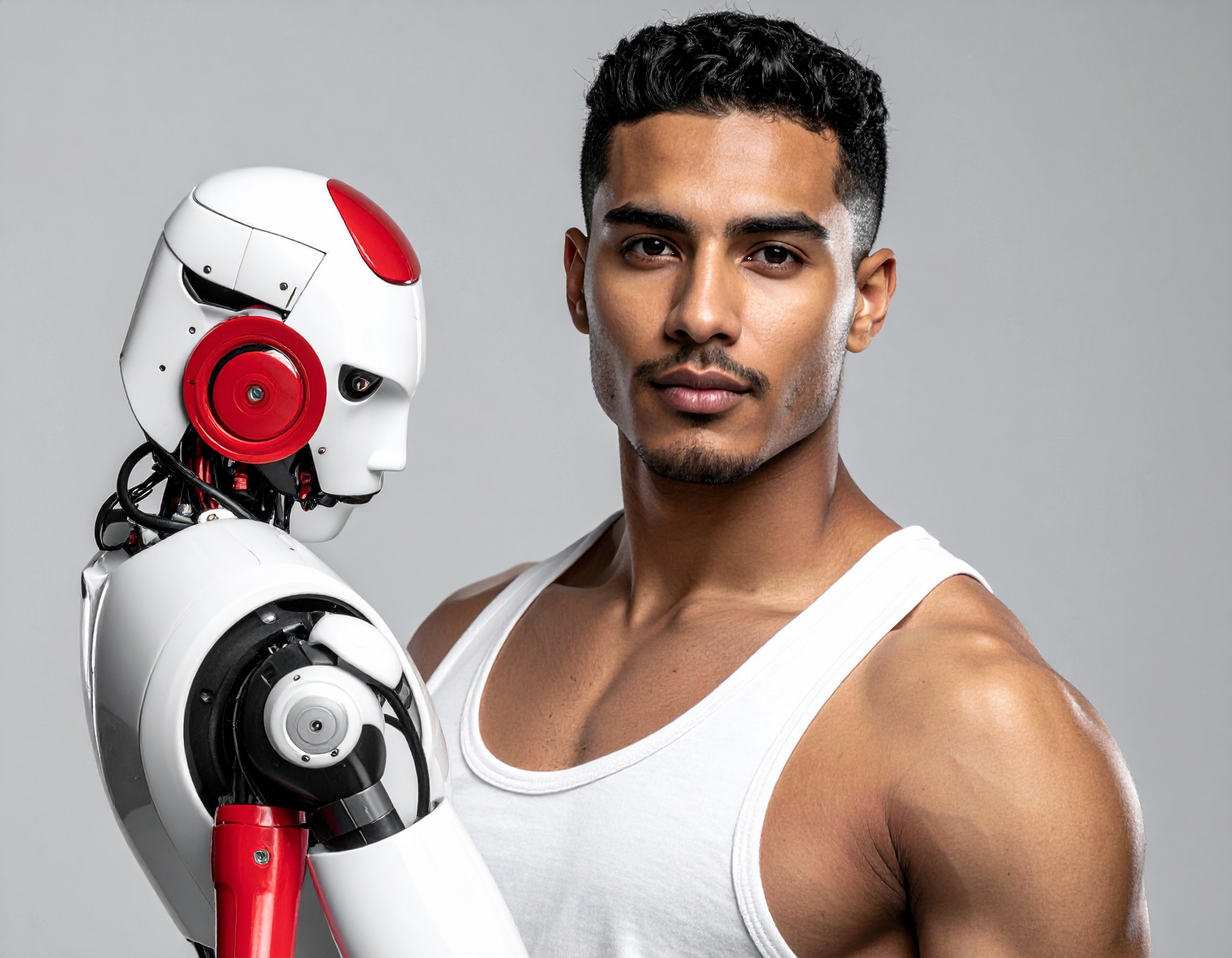From Bees to Bots: What Animal Swarms Teach Us About “AI Employees” and Non-Human Workers

Nature’s Blueprint for Collective Intelligence
A new commentary in Nature Communications explores how collective intelligence arises in animal groups—and how we can apply these lessons to designing networks of robots, “Voice AI Agents” or other “Non-Human Workers”. In animal swarms (such as flocks of birds, schools of fish or insect colonies), simple local interactions among individuals give rise to emergent information-processing capabilities: sensing, decision-making and adaptation that exceed that of any single member. Crucially, these systems balance two contrasting traits: robustness (they tolerate noise, error or removal of individuals) and responsiveness (they adapt quickly to salient changes).
This biological insight matters for engineering settings where “AI Employees” or robotic swarms are deployed. By designing systems with decentralised, local interaction rules—rather than centralised command—engineers can give their Non-Human Workers (robots, smart agents, distributed sensors) the capability to scale, self-organise and respond flexibly, just like animal collectives.
From Biology to Engineering — Translating to Non-Human Workers
The commentary outlines how the same core mechanisms underpin both living and engineered collectives: local interactions → feedback loops → emergent decision-making. For example, in an insect colony selecting a nest site, scouts recruit others via local cues, compete and arrive at consensus via cross-inhibition among groups. In robotics, similar architectures have been built: robot swarms that function without a central controller, that self-assemble, self-repair or change behaviour dynamically.
Why is this important for the future of work and technology? As firms adopt “Voice AI Agents”, autonomous bots, distributed sensors or smart devices—a kind of non-human workforce—the design challenge shifts: How do we coordinate potentially thousands of units so they behave as a cohesive team? The animal-robot insight says: avoid monolithic control, instead enable local rules, feedback, resilience and adaptability. This gives us a blueprint for scaling AI Employees from individual chatbots or voice agents to full fleets of non-human workers operating in complex environments.

Implications, Examples and Outlook
Here are the most important facts and evidence from the article:
- The commentary was published on 30 October 2025.
- It argues that animal groups achieve robust yet responsive computation through redundant roles, feedback loops and decentralised interaction.
- Robotic swarms have been designed to mimic these capabilities, enabling tasks like distributed sensing, exploration and adaptation in unpredictable environments.
- Key engineering implications: decentralised control, adaptability, scalability and fault-tolerance become hallmarks of collective Non-Human Workers.
- The commentary suggests a future where “intelligent matter” (robotic swarms, embedded systems) blur the boundary between organism and machine.
In short, by studying how bees, birds and fish make decisions together, we can design better “Voice AI Agents”, robotic fleets and non-human worker systems that don’t just follow orders but coordinate, adapt, learn and respond like living collectives.
Key Highlights:
- Animal collectives achieve high performance through local rules, redundancy, feedback and decentralisation.
- Engineering of robotic swarms mirrors these biological principles to build robust, responsive systems.
- The concept of “AI Employees” and “Non-Human Workers” can be advanced by applying swarm-intelligence design.
- The commentary points to a future of embedded intelligent matter and robot–biological hybrid systems.
Reference:


